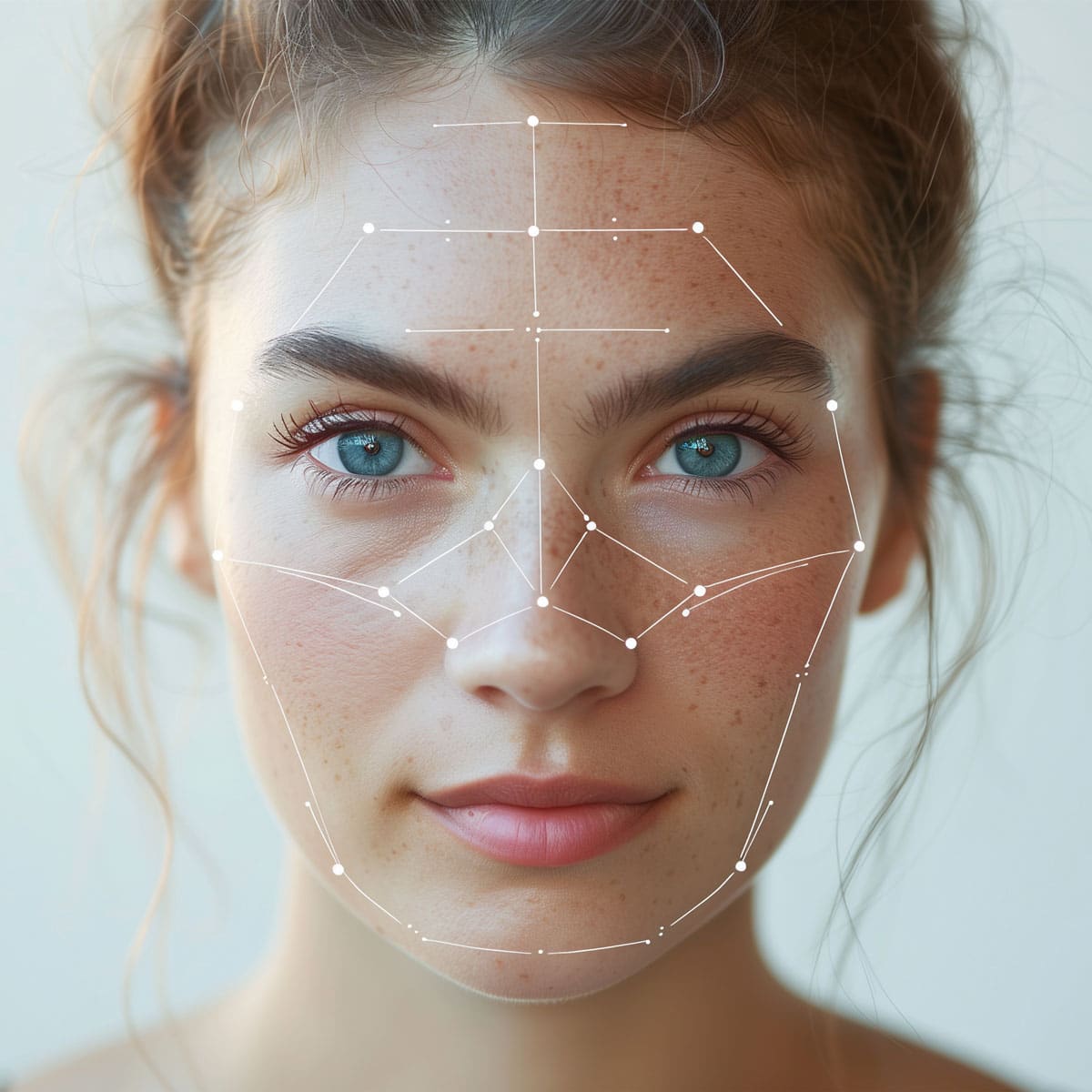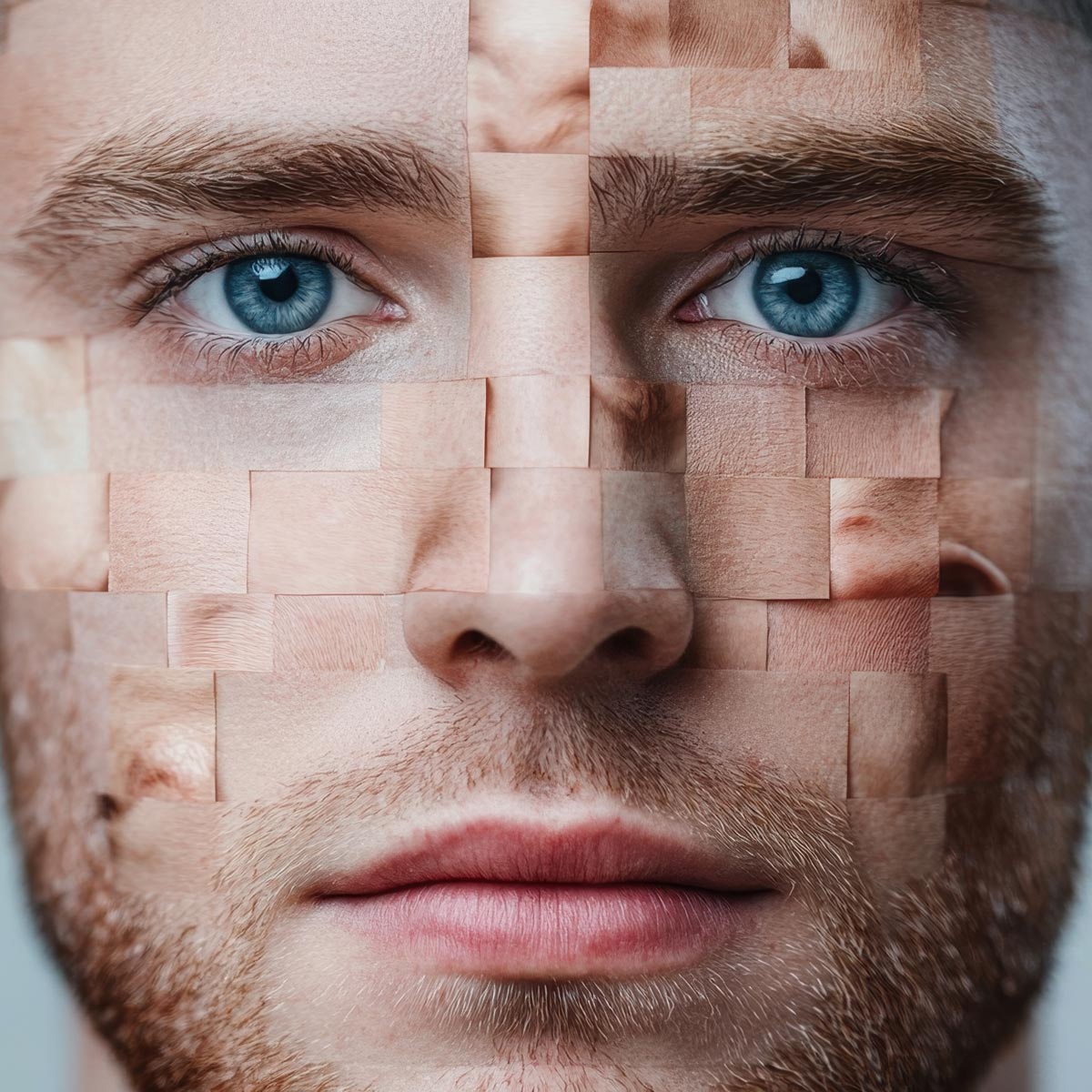In the ever-evolving realm of digital security, biometric authentication is gaining popularity. And with a variety of biometric modalities available, like face, voice, fingerprint, and iris, it makes sense to question which method is the best for you. To shed light on this topic, we’ve put together a Q&A that helps you answer the question: Which biometric authentication method should I use?
Q: Which biometric authentication method is the best?
A: It depends on your needs! It’s important to consider your use case, convenience, and security needs when deciding on a biometric modality or combination of modalities. Each modality has its strengths and limitations, so your decision of which biometric method to use is really a matter of aligning your requirements with the modality’s features.
Q: Which biometric authentication method is the most secure?
A: Iris recognition is often considered one of the most secure biometric methods due to the uniqueness and stability of iris patterns. It’s difficult to replicate or forge iris patterns, and the technology is resistant to many common spoofing attacks. But, it’s essential to understand that the security of a biometric authentication system also depends on factors beyond the chosen biometric modality and that no single biometric authentication method can be definitively deemed the “most secure” on its own.
Q: Which biometric authentication method is the most convenient?
A: The answer to this depends on a few factors, including user familiarity, ease of use, and the specific context of application. In general, fingerprint, face, and voice are usually considered the most convenient. Fingerprint recognition is widely adopted and familiar to many users due to its prevalence in smartphones and laptops. It’s convenient because users are accustomed to using their fingerprints to unlock devices. Facial recognition is non-intrusive and can be very convenient since it requires users to simply look at a camera. Plus, it’s increasingly integrated into smartphones and laptops, which makes it a natural and user-friendly method. Voice recognition is also convenient, especially for applications like phone-based authentication or voice-enabled devices. Users only need to speak a passphrase or a specific phrase.
Q: Which biometric authentication method is the most reliable?
A: Reliability in biometric authentication refers to the consistency and dependability of the method to accurately verify and authenticate individuals over time and under various conditions. So, the reliability of any method also depends on factors like the quality of the technology, environmental conditions, and proper implementation. Fingerprint and iris are usually considered some of the most reliable modalities due to their uniqueness.
Q: Which biometric authentication method is best for remote authentication?
A: Face and voice recognition are well-suited for remote authentication as they can be performed using the camera and/or microphone on a user’s device, such as a smartphone, instead of relying on other provided physical sensors or hardware.
Q: Which biometric authentication method is best for a touchless solution?
A: Face, voice, or iris recognition are good options for a touchless experience. Facial recognition uses unique facial features to authenticate users. It’s convenient and non-intrusive since it doesn’t require physical contact. Voice recognition analyzes voice patterns using a microphone to authenticate users, making it another good, contactless method. Iris recognition involves the touchless process of capturing the unique patterns in the iris of the eye, but it’s important to note that this technology does require specialized hardware.
Q: Which biometric authentication method is the cheapest?
A: The answer to this varies depending on a few factors, including the hardware and software needed, scalability, and customization. In general, face or voice are usually the most inexpensive. Both face and voice recognition have become more accessible since cameras and microphones are often already in the hands of users thanks to devices like smartphones. Often, this means utilizing existing infrastructure instead of shelling out the budget for additional hardware.
Q: Which biometric authentication method is the most expensive?
A: This answer also depends on factors like the hardware and software needed, scalability, and customization. Generally, iris recognition systems can be more expensive due to the need for specialized cameras and sensors capable of capturing intricate iris patterns. Additionally, the technology requires more computational power for processing.
Choosing the Best Authentication Method
Overall, as you’re exploring the biometric landscape and deciding which method is right for you, make sure to take into account your use case, convenience preferences, and your security goals. By understanding the strengths and limitations of each modality, you can make an informed decision that aligns with your unique circumstances and needs. And remember, the ideal biometric modality is the one that seamlessly integrates with your digital life while providing the highest level of security and user experience.
Want an expert opinion on which method is best for your use case? Get in touch with our team using the form below to explore which biometric authentication solution is right for helping you achieve your goals.Schedule a demo to get started today.



